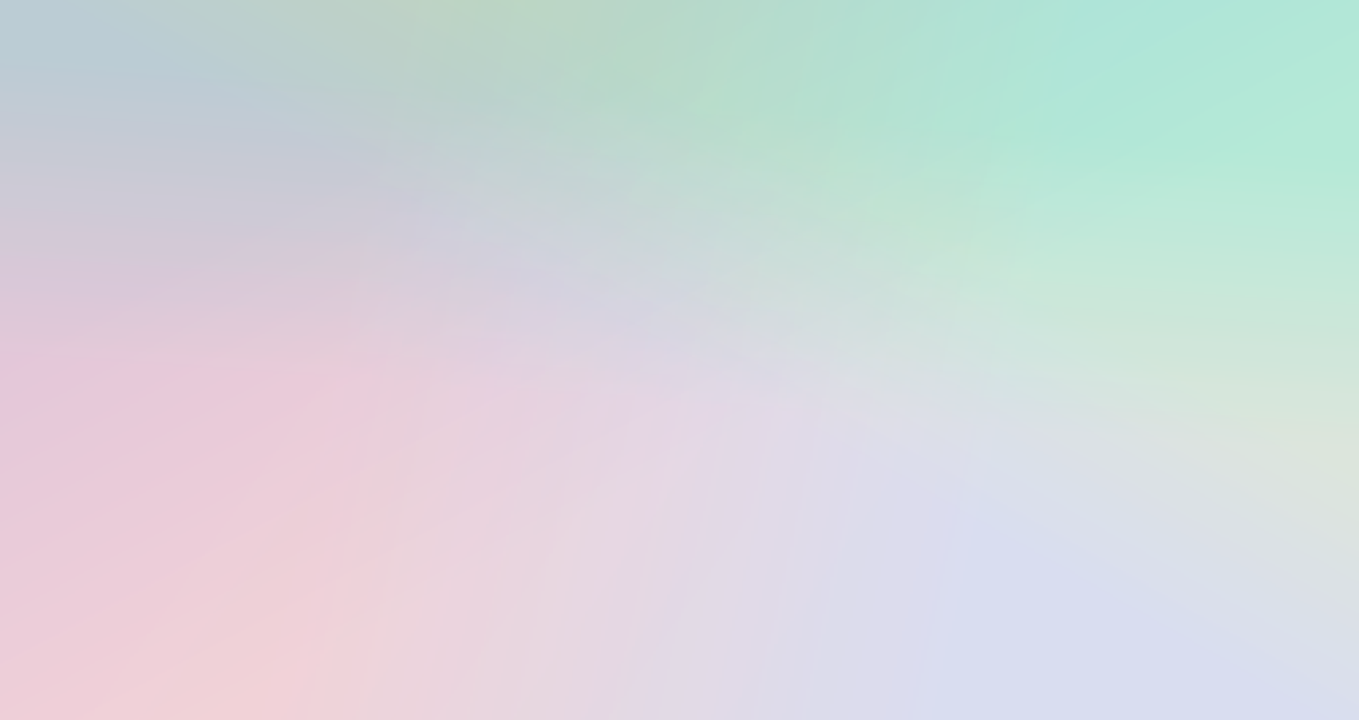

Naturally, each color comes with its own spectrum of variations, depending on the level of lightness. The main pastel hues are blue, pink, yellow, green, purple, and orange. Pastel colors come in varying hues and shades, allowing you a broad selection and ample room for creativity when working with this color palette. with its trademarked Tiffany blue, Post-it with pastel yellow, and so on. Some of the most famous companies channeling pastel shades are Victoria’s Secret with its iconic soft pink, Tiffany & Co. Pastels were popularized by 50s interior design and 80s fashion, yet they’re just as prominent in today’s digital era. They combine high value with low saturation, producing a soft, toned-down, and soothing look. Pastel colors are light shades of vibrant hues blended with white. Ready to sail through the ethereal world of pastel color palettes? Because we certainly are!īefore we get into the specifics of pastel colors, let’s clarify what they are. So if you’re looking for an attractive yet peaceful color palette for your brand website, Instagram profile, or room decor, this article will be a great guide for you. This blog post is all about pastel colors, their impact, combinations, and best practices.

As tender as they are, pastels can be equally powerful in branding when used well. Their application spans multiple industries, including interior design, fashion, cosmetics, confectioneries, entertainment, and many more. Pastel colors can be used for way more than color-coding children’s clothing lines.


 0 kommentar(er)
0 kommentar(er)
